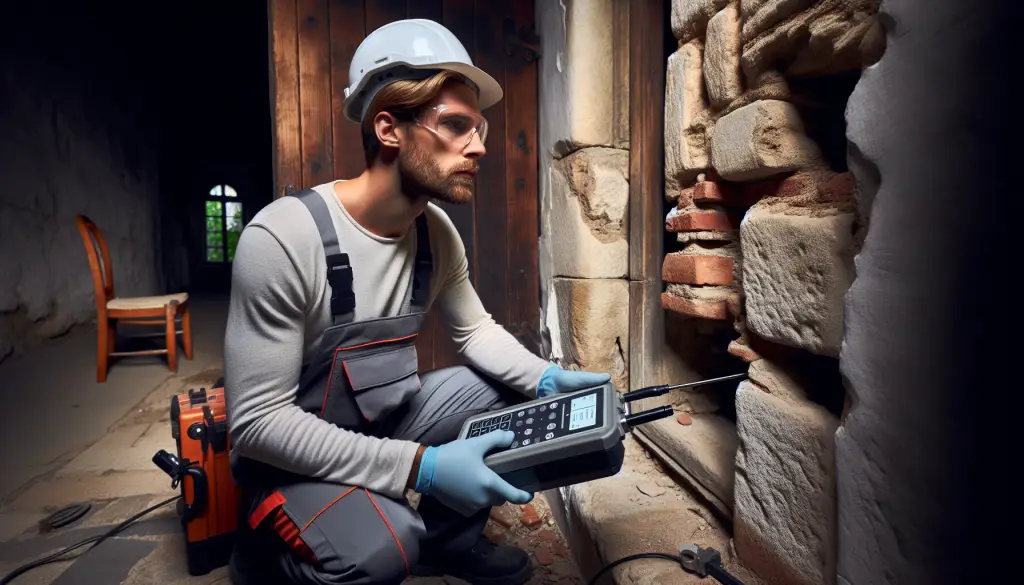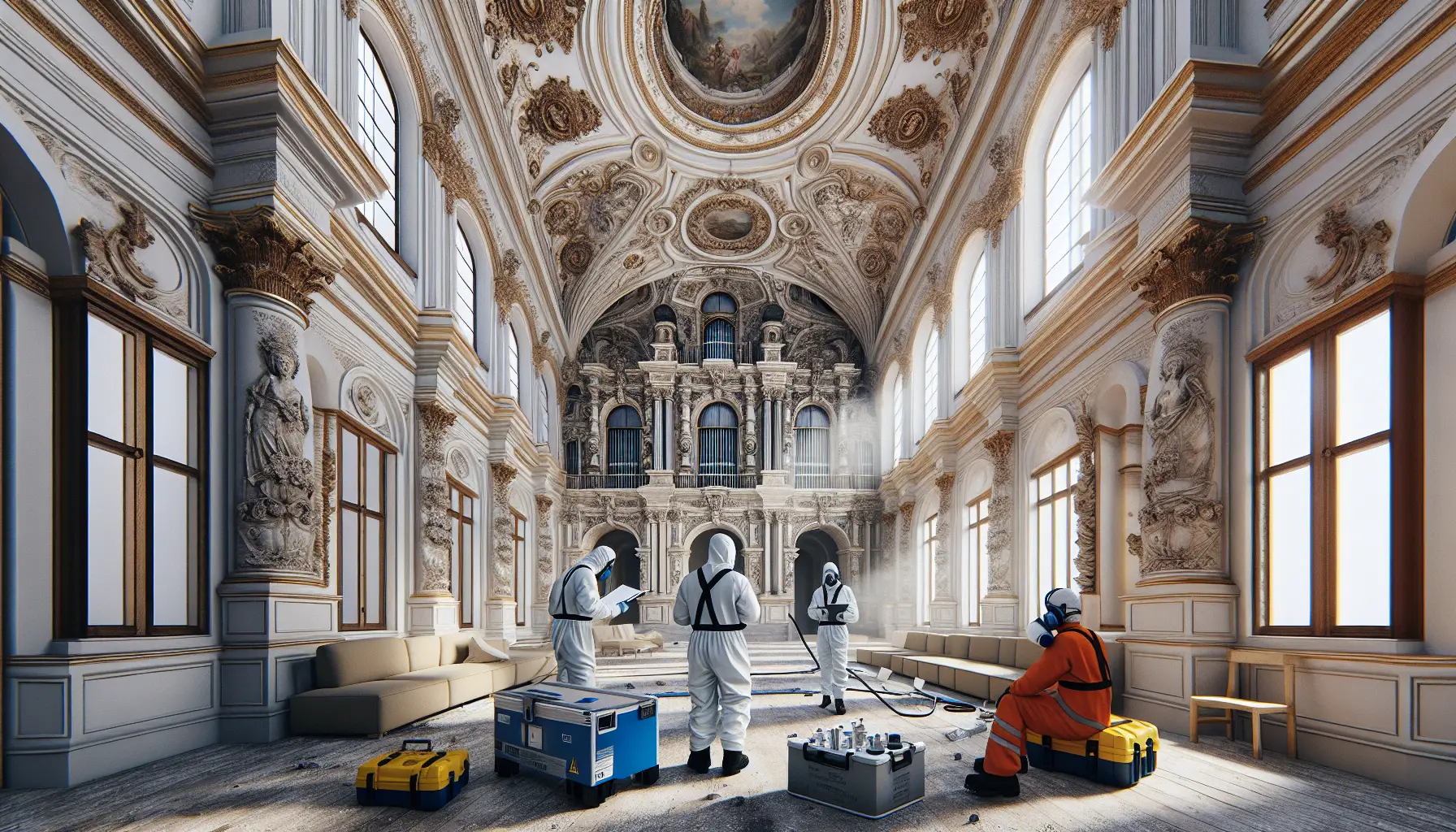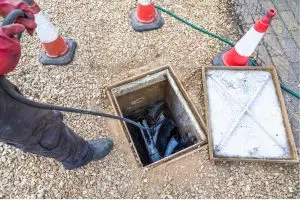Understanding Air Permeability in Historic Buildings
Historic building renovations present a unique set of challenges, one of the foremost being air permeability. Air permeability refers to the capacity of building fabric to allow air to pass through it, which can affect both energy efficiency and indoor air quality. In older buildings, issues like draftiness, dampness, and inconsistent temperatures are often due to uncontrolled air permeability. Addressing these concerns is essential for preserving the integrity and comfort of historic structures.
Why Air Permeability Testing is Important for Historic Building Renovations
Conducting air permeability testing is crucial for any renovation project, especially in historic buildings. This testing helps identify problem areas, allowing for targeted interventions that enhance energy efficiency without compromising the building’s structural or aesthetic integrity.
- Improves energy efficiency by sealing leaks
- Preserves indoor air quality
- Maintains historical authenticity
Common Air Permeability Challenges in Historic Buildings
Renovating historic buildings comes with its own set of air permeability challenges. Common issues include:
Inconsistent Building Materials
Historic buildings often employ a variety of materials that age differently, causing variance in air permeability. Understanding the properties of these materials is critical in addressing air leakage effectively.
Age-Related Degradation
Over time, elements such as window seals, doors, and roofs degrade, leading to increased air permeability and, consequently, energy inefficiency. Regularly maintaining and updating these components is key to preserving the building.
Structural Inconsistencies
Older buildings frequently have unique architectural features like turrets, towers, and thick stone walls. These can pose challenges in achieving a uniform air barrier, requiring specialised techniques and materials.
Ratio Seven’s Approach to Historic Building Renovations
At Ratio Seven, we specialise in providing comprehensive air permeability testing tailored for historic buildings. Our holistic approach ensures that all interventions are mindful of the building’s historical significance while improving energy efficiency.
Steps Involved in Our Air Permeability Testing
Initial Assessment
Our process begins with a thorough initial assessment to understand the building’s current state. We inspect structural components, material conditions, and existing air leakage points.
Advanced Diagnostic Tools
We use state-of-the-art diagnostic tools, such as blower door tests and infrared thermography, to identify air leakage sources accurately.
Intervention and Sealing
Once problem areas are identified, our experts employ targeted sealing techniques that are both effective and appropriate for the building’s age and structure.
Post-Intervention Testing
After interventions, we conduct follow-up testing to ensure all leaks have been effectively addressed and that the building’s air permeability meets contemporary standards.
Case Studies: Successful Historic Building Renovations
We’ve successfully addressed air permeability issues in numerous historic buildings. For instance, our work on a 19th-century manor involved updating window seals and insulating the roof while preserving architectural details. This resulted in a 30% reduction in energy consumption and significantly improved indoor comfort. Another example is a heritage-listed library where we balanced modern HVAC systems with the building’s original design elements to achieve optimal air quality and efficiency.
FAQs on Air Permeability Testing in Historic Buildings
What is air permeability testing?
Air permeability testing measures how much air passes through the building fabric, identifying leaks and weak points. This helps in making informed decisions on where to apply sealing and insulation, effectively enhancing energy efficiency and indoor air quality.
How is air permeability testing conducted in historic buildings?
In historic buildings, we use diagnostic tools like blower door tests and infrared thermography to identify air leakage. These non-invasive methods protect the building’s integrity while accurately targeting problem areas.
Will air permeability interventions affect the building’s historic features?
No, at Ratio Seven, we are committed to maintaining a building’s historical features. Our targeted sealing techniques and material choices respect the building’s age and aesthetic, ensuring no harm comes to its original character.
Historic Building Renovations Summary
Effective air permeability testing is vital for the successful renovation of historic buildings. By understanding and addressing issues related to air leakage, we can enhance energy efficiency, preserve indoor air quality, and maintain the structural and aesthetic integrity of these cherished structures. Ratio Seven’s expert approach ensures that all interventions are both effective and mindful of a building’s historical significance, making us the preferred choice for historic building renovations.





